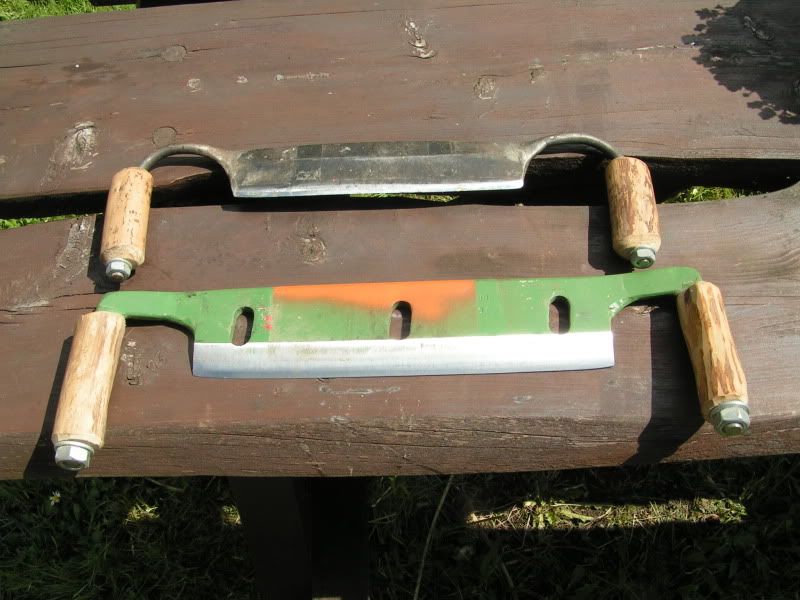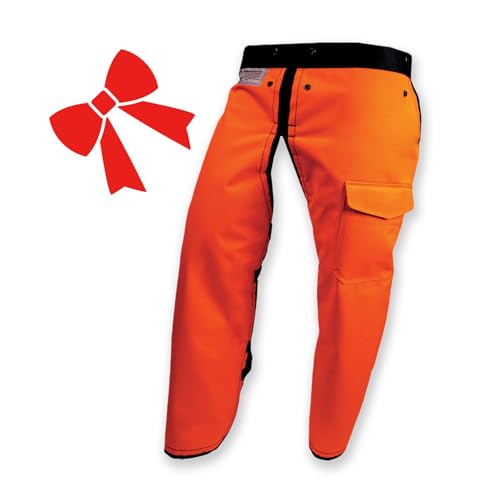Ted J
ArboristSite Operative
Good point -
If you have no ashes here's an alternative. At home if I have a number of items to anneal I use a gas BBQ flame, around which I build a small closed chamber out of fire bricks and a couple of bits of angle iron to support the steel. After heating to cherry red I kill the flame and let the whole thing cool down over a few hours. Try to do it in still air if possible.
At work we have electric furnaces and it can be programmed to perform a controlled cool down overnight.
Here is an article with a chart near the bottom on the temps used for different hardness depending on the type of tools.
http://chestofbooks.com/architecture/Building-Construction-3-3/Hardening-And-Tempering-Of-Steel.html
Ted


























































